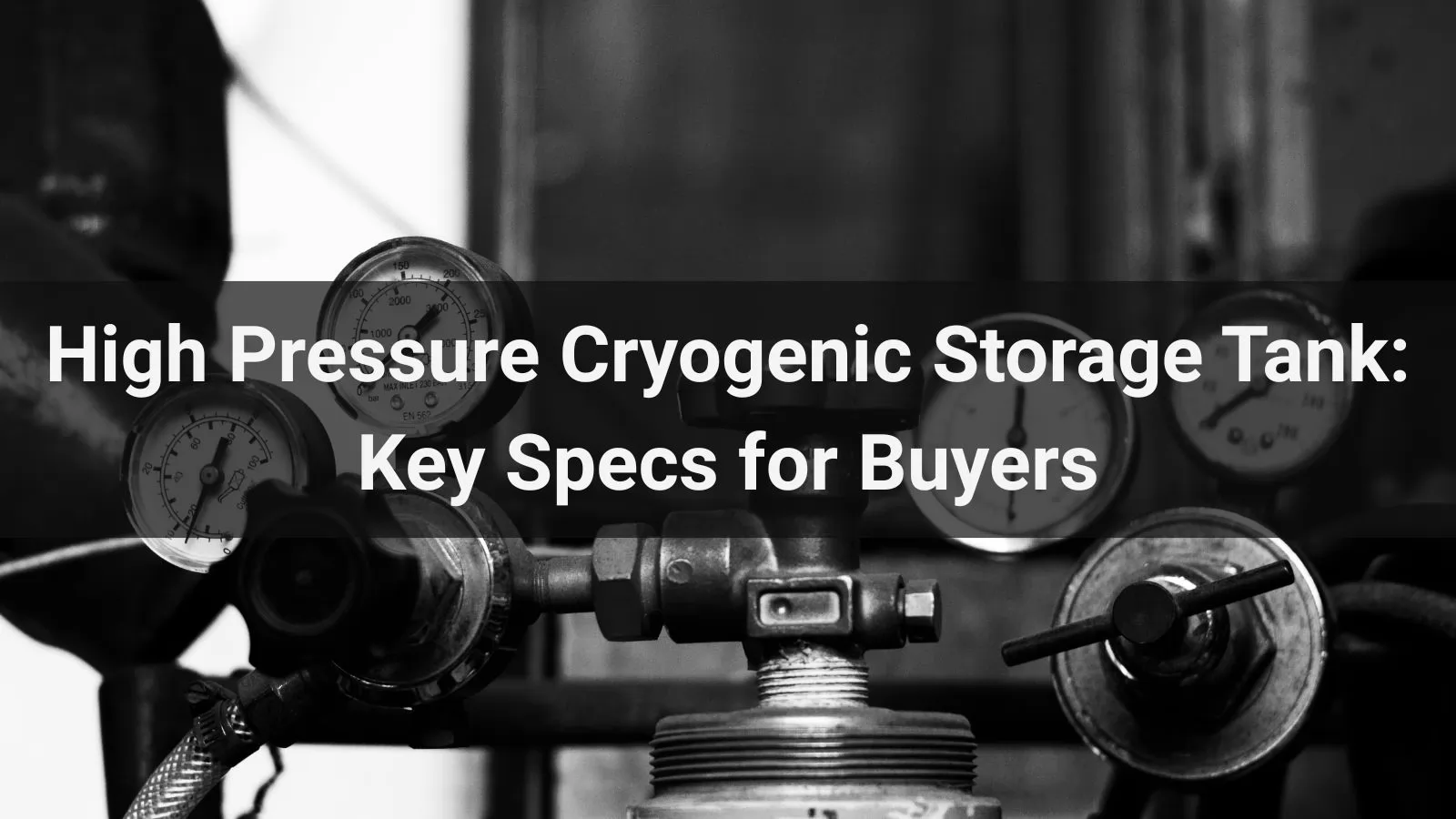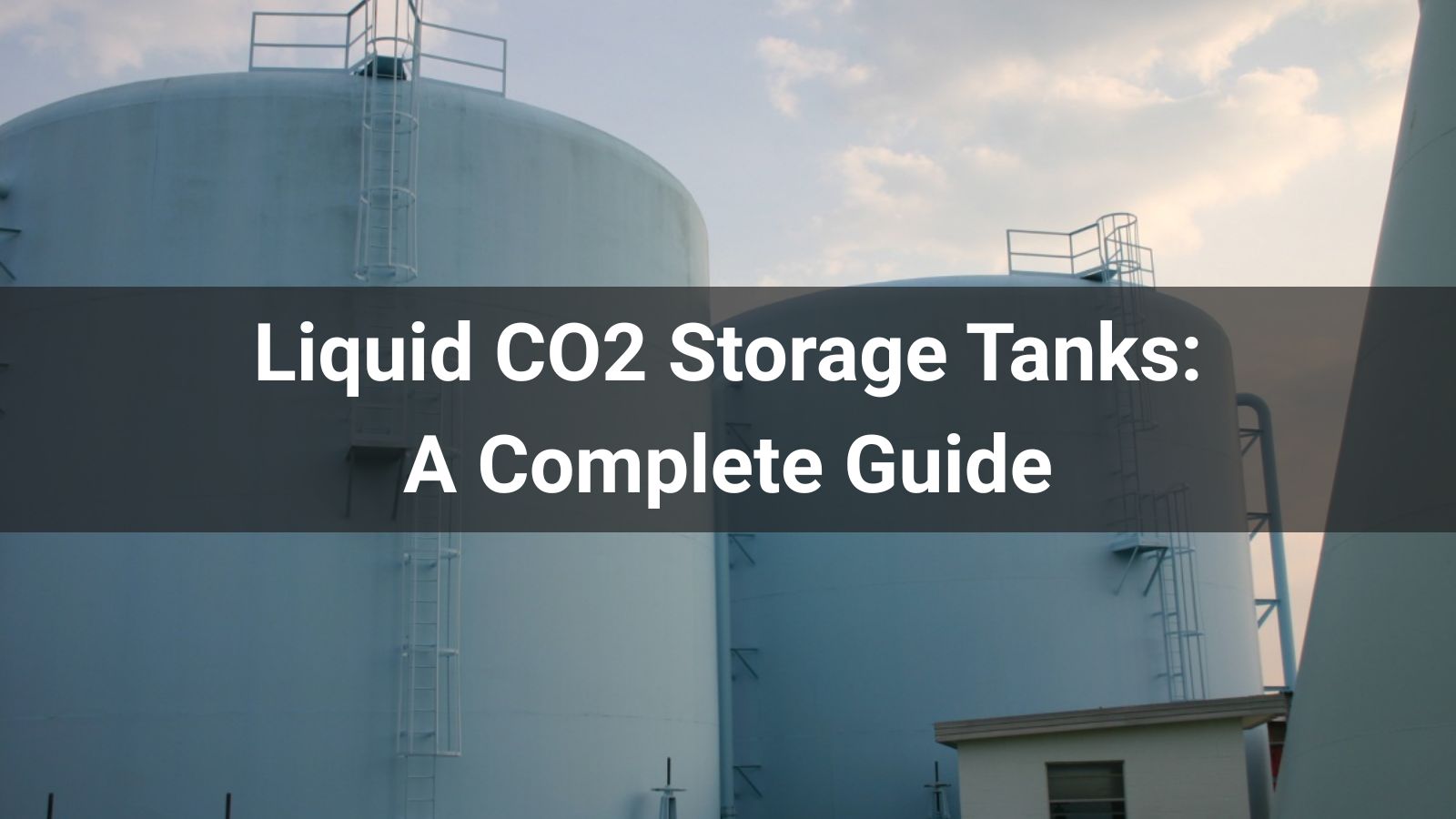






High pressure cryogenic storage tanks are critical assets in industries ranging from LNG and LOX production to industrial gas distribution. Selecting the right tank requires understanding not only its capacity and pressure rating but also the engineering design, insulation performance, and compliance with international standards. This guide walks you through the most important specifications buyers should evaluate before making an investment.
Unlike standard cryogenic tanks, high pressure cryogenic storage tanks are engineered to store liquefied gases at both extremely low temperatures and elevated pressures. These tanks often handle substances such as liquefied natural gas (LNG), liquid oxygen (LOX), nitrogen, argon, or carbon dioxide. They are essential for applications where high delivery pressure is required without the need for additional pumping equipment.
Their design must account for both cryogenic temperature management (down to −196°C for liquid nitrogen) and mechanical strength to withstand pressures up to 24 bar or more, depending on the application.
One of the most critical specifications is the maximum allowable working pressure (MAWP) and tank volume. Buyers must consider:
Pressure ratings directly affect the choice of piping, valves, and downstream equipment, so compatibility is crucial.
Material selection impacts durability, safety, and compatibility with the stored gas:
Compatibility with the cryogen is essential. For example, oxygen service requires strict material cleanliness to avoid ignition hazards.
Efficient insulation is key to minimizing boil-off and maintaining liquid phase stability:
Performance is measured by the heat leak rate—a lower rate means better efficiency and reduced product loss.
Safety in high pressure cryogenic tanks is non-negotiable. Ensure compliance with:
Key safety features include:
Different industries require different specifications:
| Industry | Typical Cryogen | Pressure Range | Capacity |
|---|---|---|---|
| LNG Energy | LNG | 16–24 bar | 50,000–200,000 L |
| Medical | LOX, LAr | 16–20 bar | 3,000–20,000 L |
| Industrial Gas | N₂, CO₂ | 18–24 bar | 10,000–100,000 L |
When buying a high pressure cryogenic storage tank, cost is only part of the equation. Consider:
Selecting the right high pressure cryogenic storage tank involves a careful balance of technical specifications, safety compliance, and operational needs. By understanding pressure ratings, materials, insulation, and supplier capabilities, buyers can ensure their investment delivers optimal performance, safety, and long-term value.

![Top 10 Cryogenic Companies in USA[2025 Updated]](/statics/images/right.png)
![Top 10 Cryogenic Companies in USA[2025 Updated]](/uploads/202508/bannerlist_1756363009_WNo_800d450.jpg)


![Top 10 LNG Tank Manufacturers Worldwide[2025 Updated]](/statics/images/right.png)
![Top 10 LNG Tank Manufacturers Worldwide[2025 Updated]](/uploads/202506/CryoTech-banner-1-_1750490922_WNo_800d450.jpg)

